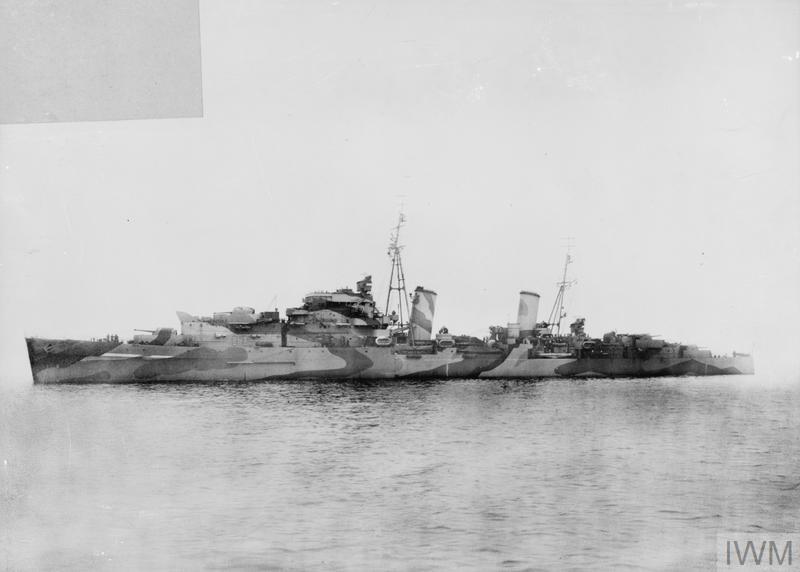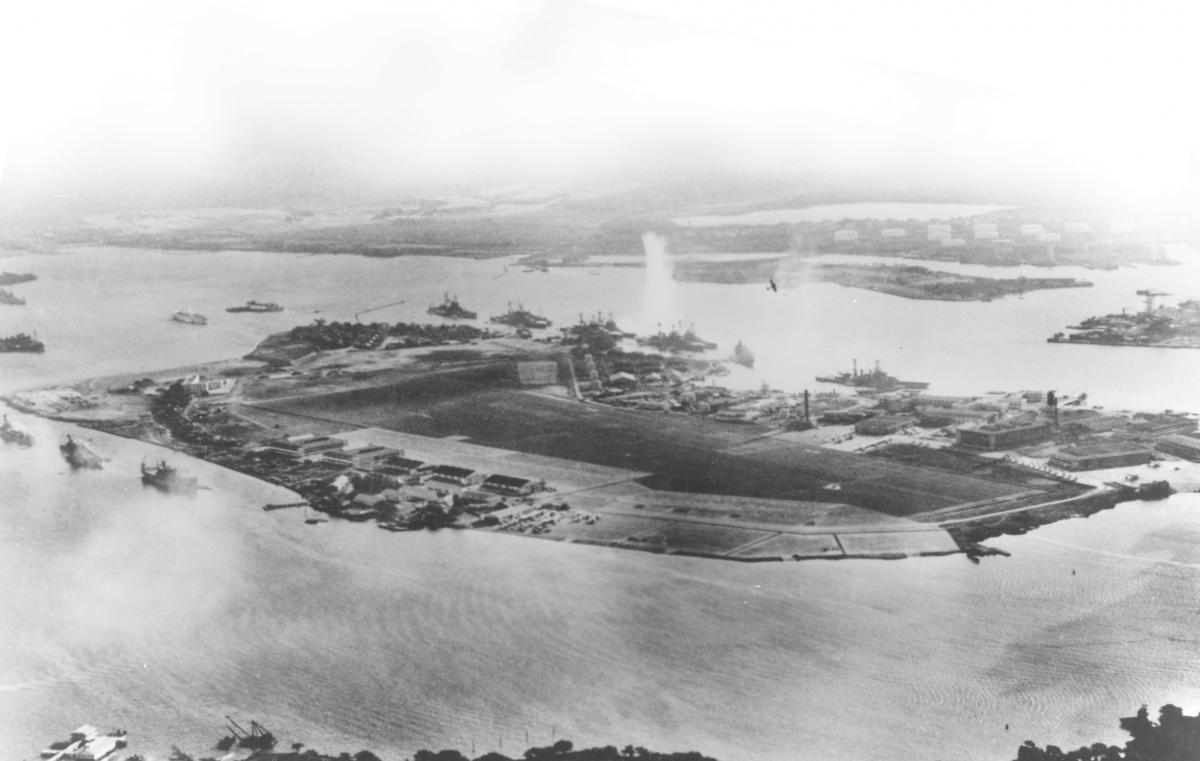Admiral Beez
Captain
Of the Royal Navy's fast BB/BCs, HMS Repulse had the worst AA of them all. Meanwhile HMS Prince of Wales had at best a sketchy AA radar suite and relied mainly on the mediocre 5.25" DP twins. Assuming some months for procurement and shipyard planning, what's the best reasonable AA and fire control we can give the two ships by October 1941? Putting aside feasibility, can it make a difference?
Unfortunately we're too early for the RN introduction of the 40mm Bofors, and years before the RN had proximity fuses. But we can give both ships advanced radar and AA fire control, add more 2pdr multiple pom-poms and Oerlikon 20 mm cannons, and swap out Repulse's low angle 4" for QF 4.5-inch like on HMS Renown.
Unfortunately we're too early for the RN introduction of the 40mm Bofors, and years before the RN had proximity fuses. But we can give both ships advanced radar and AA fire control, add more 2pdr multiple pom-poms and Oerlikon 20 mm cannons, and swap out Repulse's low angle 4" for QF 4.5-inch like on HMS Renown.
Last edited:


